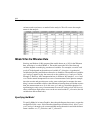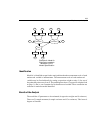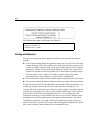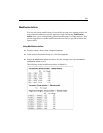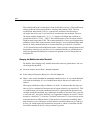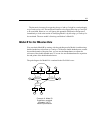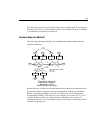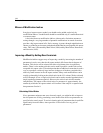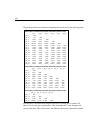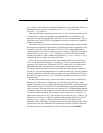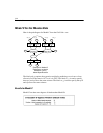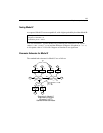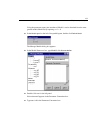
110
Example 6
Misuse of Modification Indices
In trying to improve upon a model, you should not be guided exclusively by
modification indices. A modification should be considered only if it makes theoretical
or common sense.
A slavish reliance on modification indices without such a limitation amounts to
sorting through a very large number of potential modifications in search of one that
provides a big improvement in fit. Such a strategy is prone, through capitalization on
chance, to producing an incorrect (and absurd) model that has an acceptable chi-square
value. This issue is discussed by MacCallum (1986) and by MacCallum, Roznowski,
and Necowitz (1992).
Improving a Model by Adding New Constraints
Modification indices suggest ways of improving a model by increasing the number of
parameters in such a way that the chi-square statistic falls faster than its degrees of
freedom. This device can be misused, but it has a legitimate place in exploratory
studies. There is also another trick that can be used to produce a model with a more
acceptable chi-square value. This technique introduces additional constraints in such a
way as to produce a relatively large increase in degrees of freedom, coupled with a
relatively small increase in the chi-square statistic. Many such modifications can be
roughly evaluated by looking at the critical ratios in the C.R. column. We have already
seen (in Example 1) how a single critical ratio can be used to test the hypothesis that a
single population parameter equals 0. However, the critical ratio also has another
interpretation. The square of the critical ratio of a parameter is, approximately, the
amount by which the chi-square statistic will increase if the analysis is repeated with
that parameter fixed at 0.
Calculating Critical Ratios
If two parameter estimates turn out to be nearly equal, you might be able to improve
the chi-square test of fit by postulating a new model where those two parameters are
specified to be exactly equal. To assist in locating pairs of parameters that do not differ
significantly from each other, Amos provides a critical ratio for every pair of
parameters.



